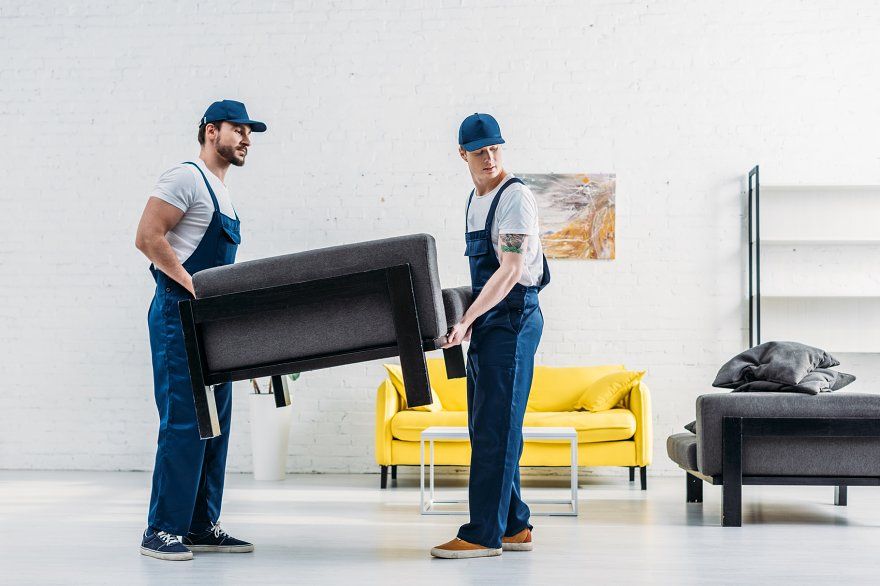Ever gone thrifting or found a perfect piece of furniture online—only to realize your compact car might not make the trip home? Trust me, I’ve been there. I once managed to fit a bulky vintage bookshelf into my hatchback, with just a little planning and creativity. Over time, these experiments turned into reliable solutions. Let me walk you through nine proven, real-world strategies for how to transport large furniture in a small car—no moving van required.
Table of Contents
1. Measure Twice, Load Once
Mistakes happen when you don’t measure carefully. Grab a measuring tape and note both the furniture’s dimensions and your vehicle’s interior—think trunk space, door frames, and even seat width. This makes sure everything fits and prevents awkward surprises when you’re halfway through loading.
2. Disassemble to Maximize Space
Many pieces—like tables or bed frames—can be partially dismantled. A friend and I once removed the legs of a large coffee table so it fit perfectly diagonally in my rear seat. I used a toolkit, labeled all bolts, and packed them in zip-top bags. Small effort, big payoff.
3. Protect Everything With Padding
Use moving blankets, towels, or even old sheets to shield your car and your purchase from scratches or dents. I learned the hard way that even a single scratch on leather upholstery is frustrating—and easy to avoid.
4. Load Smart, Load Diagonally
Furniture doesn’t always fit straight. Angle pieces like desks or ladders—sometimes they slip right through the trunk into the front seat area. Recline seats, remove headrests, and experiment with placement—just don’t let them block your view!
5. Use the Roof—Safely
If your vehicle has a roof rack, take advantage. Protect the finish with blankets, and secure items with ratchet straps. Always check your car’s roof load limit and drive slower to maintain stability.
6. Offload Delivery from Stores or Sellers
Many local sellers or big-box stores will help deliver bulky items for a small fee—or even free. I once convinced a seller to help load a dining table directly into my car by offering coffee and after wrapping it up, it all fit snugly.
7. Call in a Favor—with a Bribe
Friends with larger cars or SUVs are a hidden resource—invite them over, offer to cover gas, bring lunch, or make it sociable. I asked a college buddy to help move a chair into my car in exchange for pizza. A small bribe goes a long way.

8. Hire Local Movers or “Man with a Van”
Apps like TaskRabbit or local neighborhood boards (Facebook Marketplace, Nextdoor) are goldmines for cheap, last-minute movers with a van or truck. You pay for just one trip—and usually get help loading too.
9. Rent a Truck—By the Hour
When self-driving won’t work, renting a small U-Haul or truck for just a few hours can be surprisingly affordable. I once rented one for $20 to move a vintage dresser—cheaper and easier than paying for delivery.
Real-Life Story: From the Community
Rahul, Seattle
“I measured the old bookshelf, realized it won’t fit upright, so I removed the back panel and laid it flat in my hatch—surprisingly, it fit perfectly!”
Linda, San Diego
“No good measuring tool at home—so I used painter’s tape to mark dimensions on the lawn. That visual helped me see what would fit and what wouldn’t.”
Common Mistakes to Avoid
| Mistake | Why It’s Costly |
|---|---|
| Not measuring first | Wasted trips or damage risks |
| Not protecting surfaces | Scratches and repairs later |
| Overloading wrong | Safety hazards while driving |
Final Thoughts
Transporting large furniture in a small car isn’t about magic—it’s about planning, creativity, and flexibility. Measure smart, protect your ride, think outside the box (literally), and don’t hesitate to ask for help. With these strategies, your furniture haul will be smooth—without renting a big rig.
